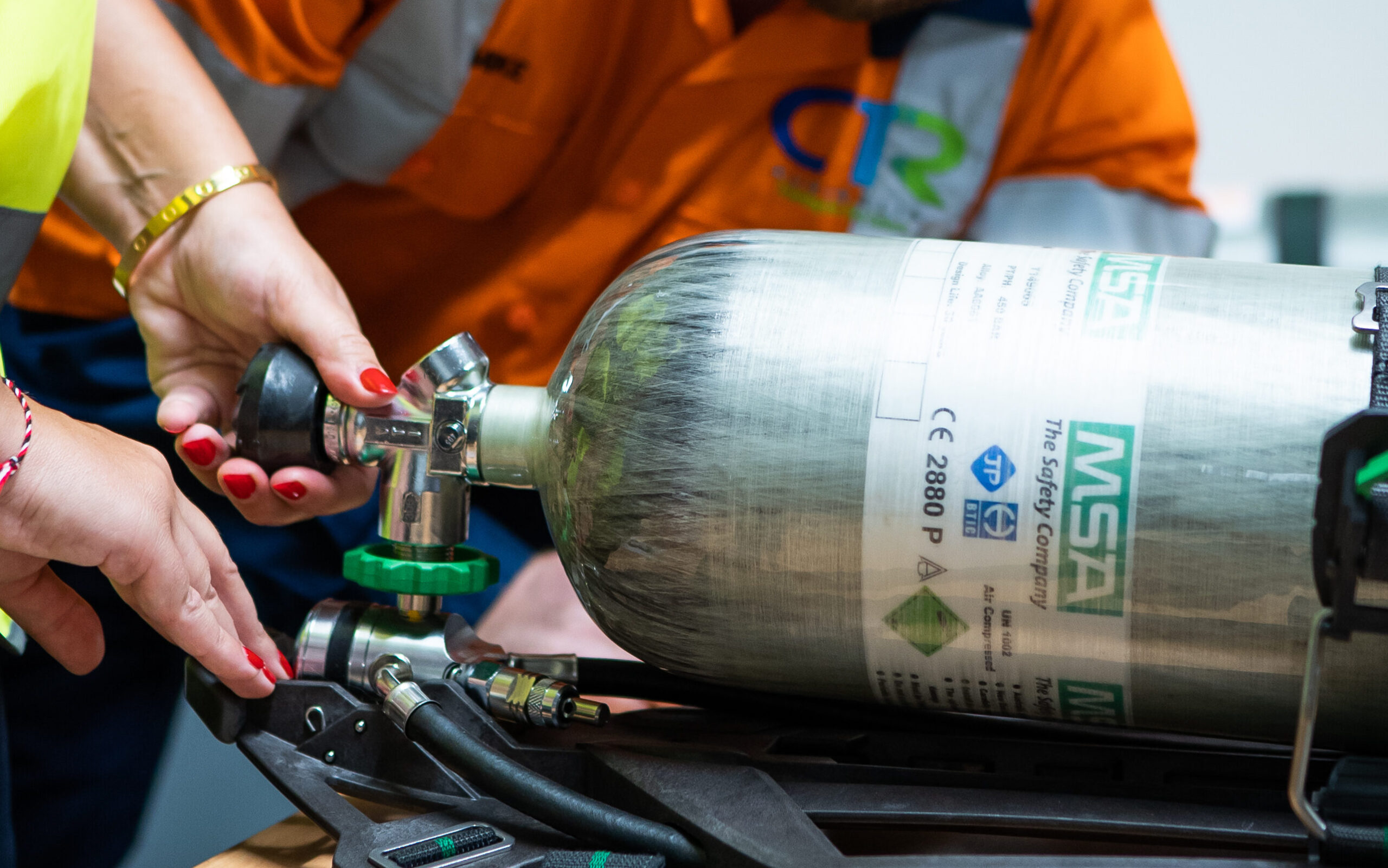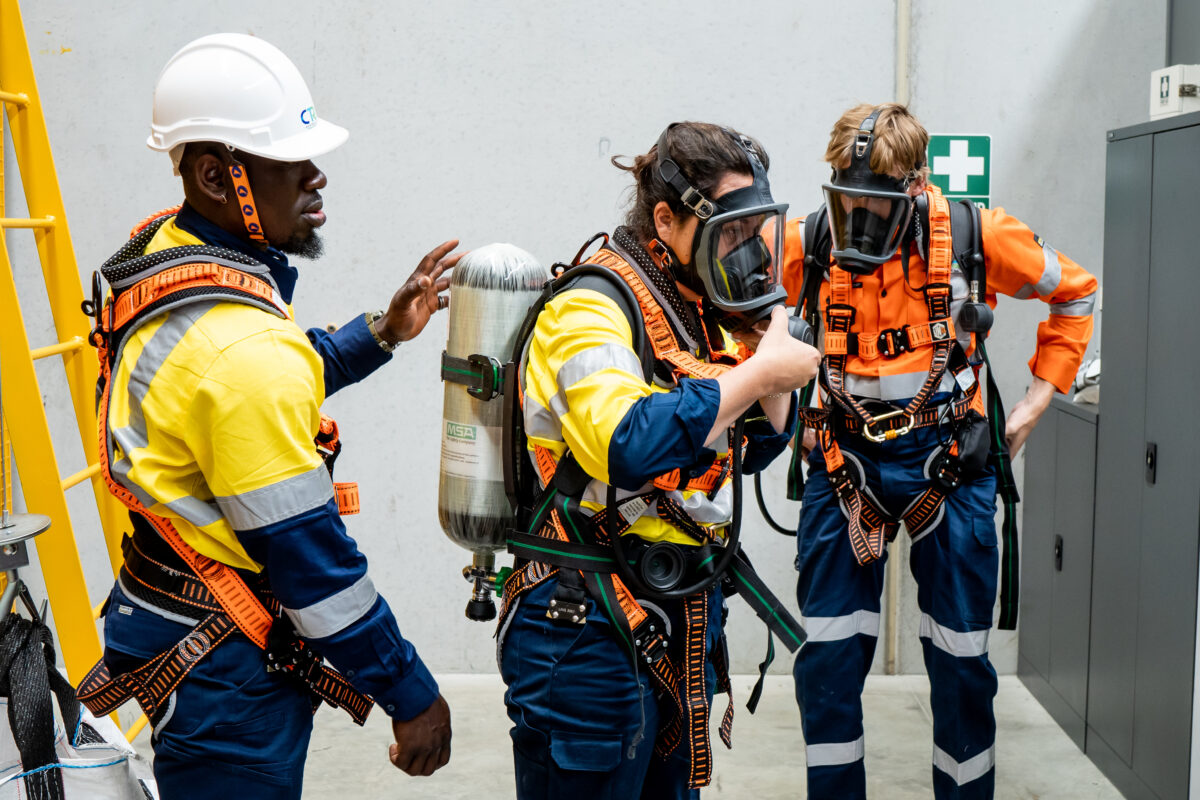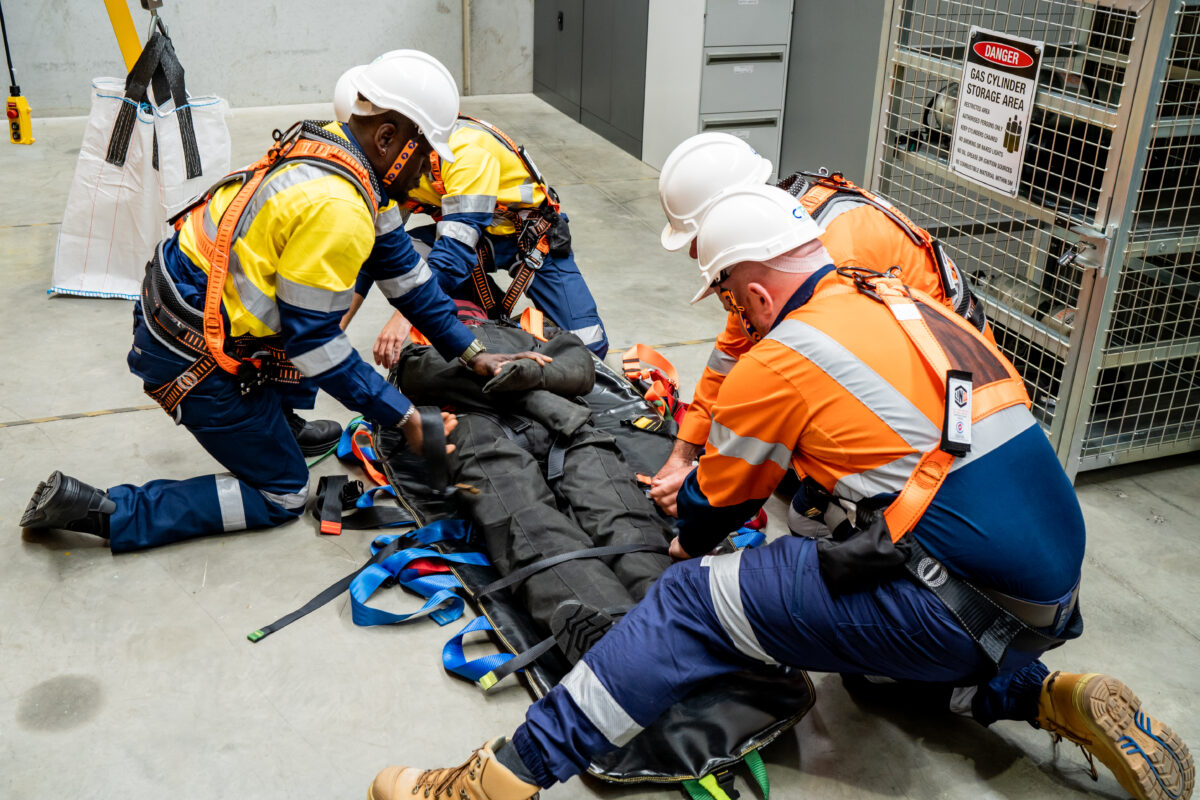You are using an out of date browser. For the best experience on this site and added security, please update to a modern browser.
Update your browserConfined space work presents unique challenges that require specialised skills and equipment. Within confined spaces, the availability of breathable air can quickly become limited or contaminated, posing severe risks to workers. To mitigate these dangers, proper training and knowledge of breathing apparatus usage are essential. This blog explores the importance of understanding and utilizing breathing apparatus correctly, focusing on the expertise offered by Certified Training Resources Australia (CTRA) in equipping students with the necessary skill set to handle such situations effectively.
The Significance of Breathing Apparatus:
Confined spaces, such as storage tanks, tunnels, sewers, and silos, can be hazardous due to factors like restricted entry and poor ventilation. These environments often lack the necessary oxygen levels and may contain toxic gases, vapours, or harmful substances, making them potentially life-threatening to workers. Breathing apparatus, play a vital role in ensuring the safety and survival of personnel operating in confined spaces.
CTRA – Equipping Students with the necessary skills:
We stand out as a reputable Registered Training Organisation that specialises in preparing individuals for confined space work. With a focus on teaching the correct usage of breathing apparatus, confined space equipment, rescue equipment and the correct response procedures when undertaking a confined space rescue. CTRA ensures that its graduates possess the necessary skill set to navigate hazardous environments safely and efficiently.
Skills Taught by CTRA:
One crucial aspect of using breathing apparatus is understanding how to calculate the remaining air supply. CTRA equips students with the knowledge and skills to monitor and evaluate their air consumption effectively. By keeping a close eye on their air supply, workers can plan and execute their tasks within confined spaces accordingly, minimizing the risk of running out of breathable air.

Knowing how to put on breathing apparatus correctly is essential for its effectiveness. CTRA teaches students the proper procedures and techniques for donning and adjusting SCBAs, ensuring a secure fit and maximum protection. This training not only enhances safety but also reduces the potential for user error, such as improper sealing or loose straps, which could compromise the equipment’s effectiveness.

Despite precautions, emergencies can still occur within confined spaces. CTRA emphasises the importance of emergency preparedness, training students on how to respond effectively in critical situations. This includes procedures for communication, evacuation, and handling equipment malfunctions. By being well-versed in emergency protocols, students can remain calm and act promptly, increasing the chances of a successful outcome in high-pressure scenarios.

Conclusion:
The importance of mastering the correct usage of breathing apparatus cannot be overstated. The risks associated with restricted oxygen, toxic gases, and other hazards make it vital for workers to have the necessary skills to protect themselves and their colleagues. CTRA’s expertise in teaching students how to calculate remaining air supply, correct use of breathing apparatus, and respond in emergencies sets us apart as a leader in providing comprehensive training for confined space work.
By enrolling in CTRA’s specialized programs, students will gain the knowledge and confidence to navigate confined spaces safely, minimizing the potential for accidents and ensuring their own well-being. As the demand for skilled professionals in confined space work continues to grow, investing in proper training becomes increasingly crucial. Remember, the right knowledge can be a lifesaver when faced with the challenges of confined space environments.